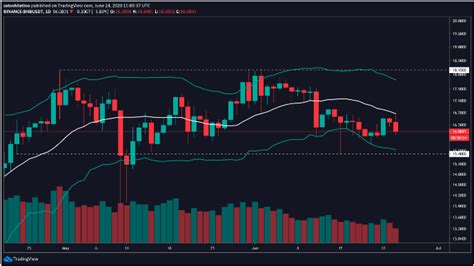ai distortion in cryptocurrency: Consequences of fair trade
The growth of cryptocurrency has led to a new era of decentralized peer-to-peer transactions. However, this new kind of freedom has caused concern for the potential of artificial intelligence (AI) bias to distort the market and undermine fair trading practices.
In this article, we are immersed in the world of AI bias in the cryptocurrency, exploring its effects on the industry and examining strategies to relieve bias.
What is ai distortion?
The distortion of artificial intelligence refers to the phenomenon when an algorithm or model maintains existing social bias, often by accident. In the context of cryptocurrency, ai distortion can be manifested in different ways, for example:
* Selecting token : Algorithms may prefer tokens over others, based on the risk of perceived, investment (ROI) or other factors. This can lead to a token market distorted towards more well -founded players.
* Risk Assessment : AI-based trading systems can underestimate the risks related to each cryptocurrencies, allowing them to accumulate large quantities of assets and then the bail when the conditions change.
* Market Manipulation : AI algorithms can be planned by manipulating market prices by exploiting other forms of data leaks or asymmetry.
The consequences of fair trade

In the cryptocurrency, ai distortion has significant consequences for fair trading practices:
1
unfair benefits : The presence of ai distortion can create uneven competition conditions where experienced or more knowledgeable merchants are more likely to succeed.
- Market Manipulation : AI algorithms can be used to manipulate market prices, which undermines the principle of fairness and transparency in commerce.
- Lack of regulation : If AI distortions are not concerned, regulatory bodies will struggle with the Cryptocurrency Police and lead to an environment where the illicit activity blooms.
Causes of ai distortion
Many factors contribute to AI distortion in the cryptocurrency:
- Data Quality : Bad data quality can lead to inaccurate or incomplete models that perpetuate bias.
- Algorithmic complexity : The more complex the algorithm, the greater the likelihood of errors and distortions.
- Lack of transparency : There is insufficient information on how algorithms work to identify and manage possible distortions.
AI DISTRIBUTION MAKE
Traders and regulators must take more steps to overcome the distortion of cryptocurrency ai:
- Execution of Robust Data Quality
: Make sure that all the data used by AI algorithms are accurate and comprehensive.
- Use various data sets : Use more sources of information to create more nuanced models.
- Regularly update and test algorithms : Keep algorithms up to date and take a thorough test to prevent errors and distortions.
- Implementation of transparency : Give clear explanations for the operation of the algorithms and make sure that merchants understand the limitations of these systems.
- regulates AI trading platforms : Creates strict guidance and regulations to regulate the use of AI-based commercial platforms.
Conclusion
The AI distortion of the cryptocurrency has significant consequences for fair trading practices, creating uneven competition conditions, where experienced merchants can accumulate wealth at the expense of others. By understanding the causes of ai distortion and taking the steps to relieve them, we can work on a more transparent and fair cryptocurrency market.
In the future, it is essential that the development and installation of AI-based commercial platforms will be prioritized in terms of transparency, accountability and equity. As the cryptocurrency industry continues to grow and mature, the treatment of AI -capacity is becoming increasingly critical of building trust in this space.
